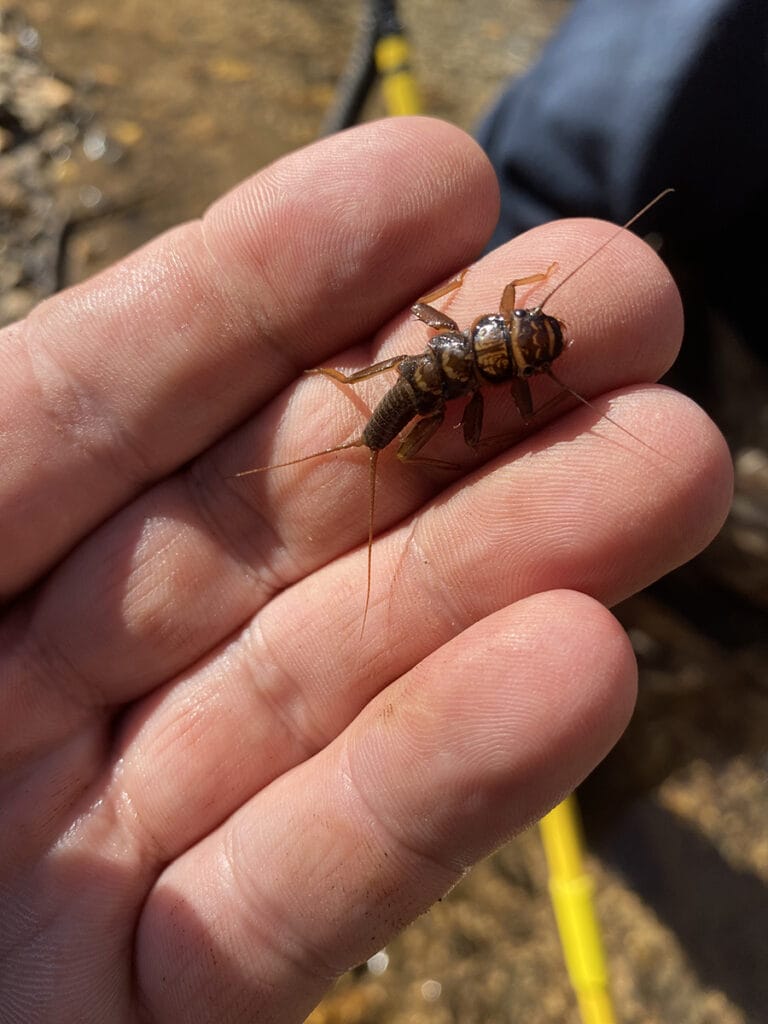Let’s get this out of the way.
Rolling through muddy, tricky terrain in a tough four-wheel-drive rig or a burly ATV can be fun.
But there is a time and place for mud-bogging, and one of the places where it doesn’t fit is in and around delicate trout streams.
That’s the reason Trout Unlimited and the U.S. Forest Service have partnered on a project in Georgia to close — and eventually decommission — an erosion-devastated road that is causing significant damage in a wild trout-supporting watershed in the Chattahoochee-Oconee National Forest in Union County.
“This is the worst road like this that I’ve ever seen,” says Jeff Wright, TU’s lead staffer on the project. “It’s hard to even put into words the condition of this road.”
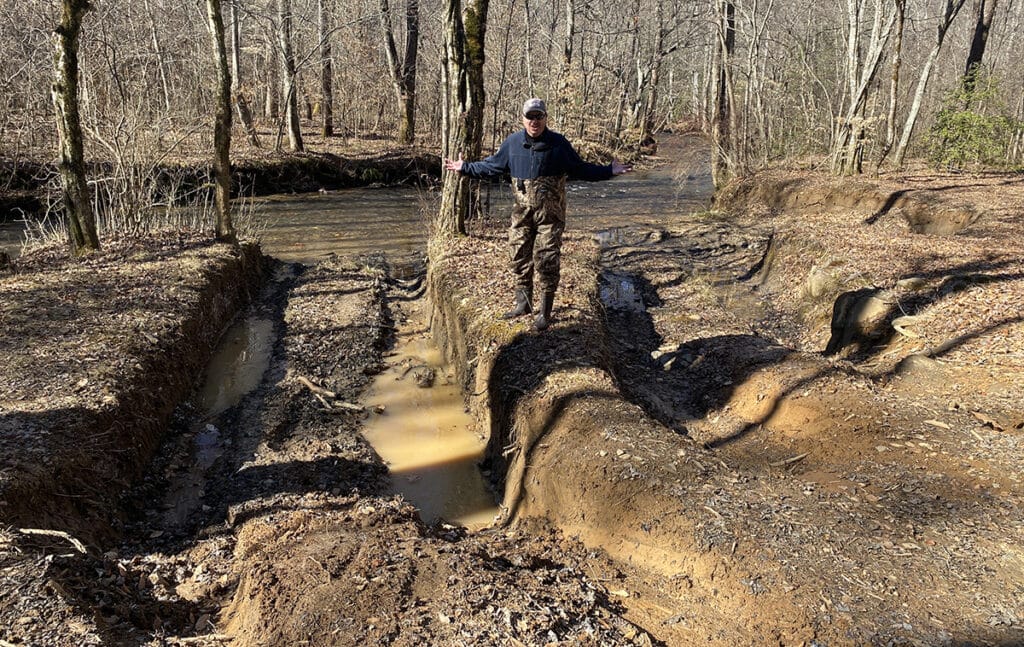
Pictures help.
Photos of the area where Flower Cove Branch and Suches Creek connect show areas where Flatlands Road cuts up to 6 feet deep into the forest floor (see header image), appearing more like a muddy ditch than something intended for vehicle traffic. At one point the road simply travels through the Flower Cove Branch for several hundred feet.
Search “Suches Creek 4WD” on YouTube and you’ll find videos showing Jeeps and other off-road vehicles traversing the route, their knobby tires grinding up mud and sending plumes of clay-covered water downstream.
Watching one such video, Wright noted a pool that a Ford Bronco was driving through.
“When we electrofished the area, we actually shocked up a wild rainbow trout in that very spot,” he said.
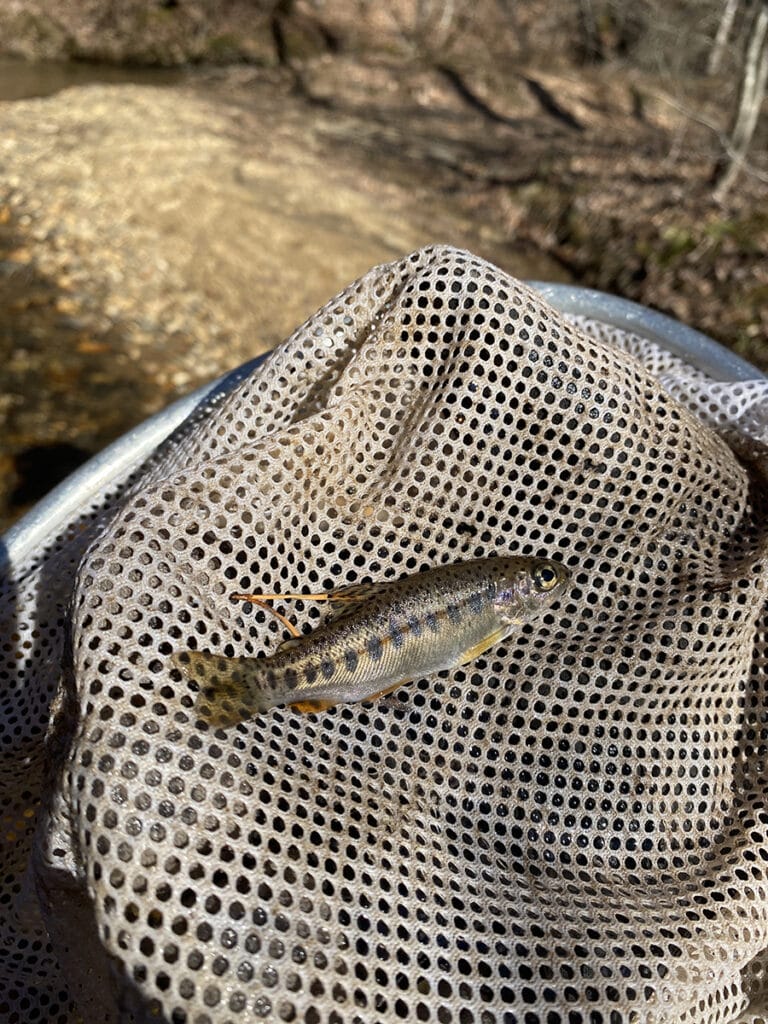
Tough fish? Yeah. Unfortunate fish. Yep.
The 1 ½-mile long road actually passes through a private land easement until it reaches a ford at Suches Creek.
“The landowners have been very upset at the vehicle traffic, and what it’s doing to the road,” Wright said.
The site has been on the Forest Service’s radar for a while. A recent infrastructure-focused agreement between the agency and TU finally provided a funding mechanism. The agreement was made possible by the Bipartisan Infrastructure Law passed in 2021.
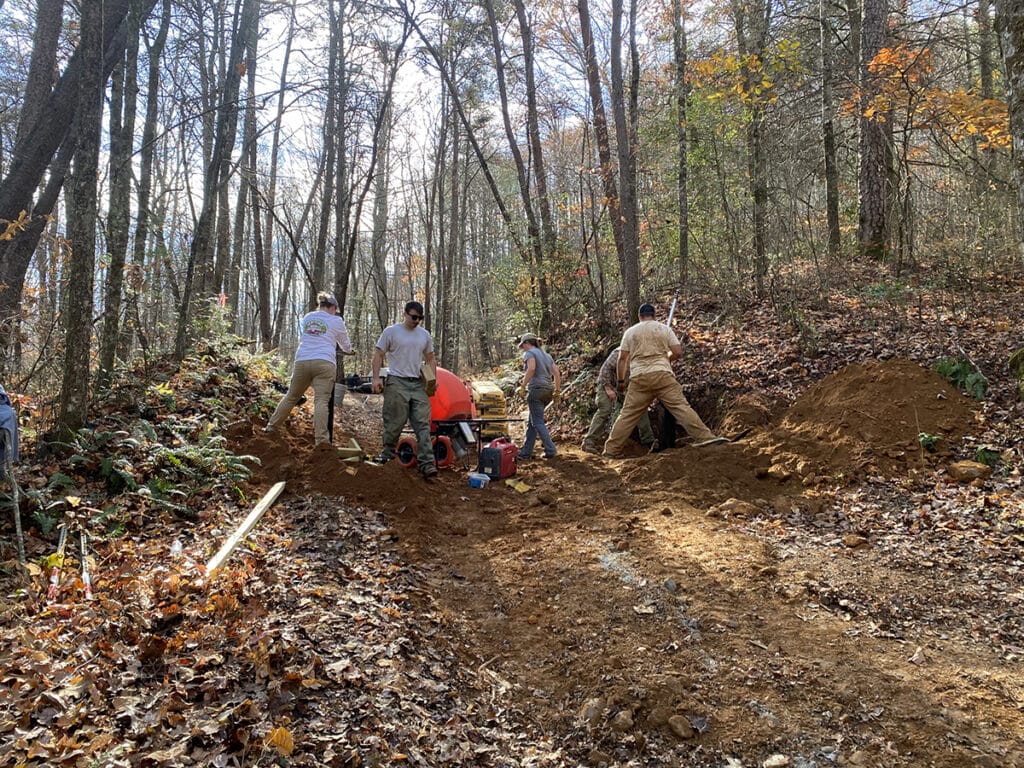
Work started in early November, after the Forest Service had gone through a scoping process that included a public comment period.
According to the Forest Service’s decision memo, 19 comments were received, and opinions were diverse.
“The primary issue raised by individuals and organizations opposed to the closure of this segment of Flatlands Road is the concern that it reduces opportunities to operate off-highway vehicles (OHVs) on technically challenging terrain on National Forest System lands,” the decision memo reads. “As described in the background section of this decision memo, Flatlands Road is just that – a National Forest System road designed to provide access across the national forest for high clearance vehicles. Forest Service roads are not intended to provide technical challenges for OHV operators.”
The Forest Service does manage some trail systems that cater specifically to off-roaders, including the Beasley Knob OHV trail system nearby.
The first step toward fixing the Flatlands Road problem was the installation of a gate. The crew installed massive steel posts 6-feet-deep into six tons of concrete. Installation of a heavy-duty gate was next.
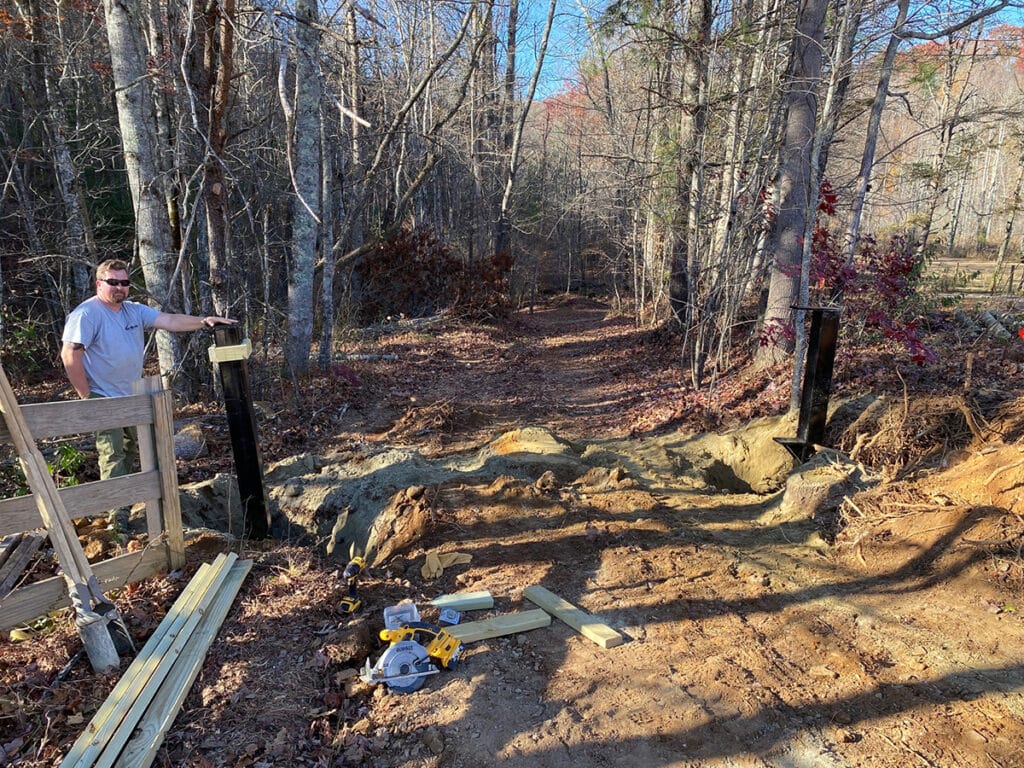
Fixing the damaged road will be a more significant undertaking.
“Over the next year we’re going to be looking at how to do that,” Wright said. “We’re actually going to first have to fix parts of the road just to get equipment in there.”
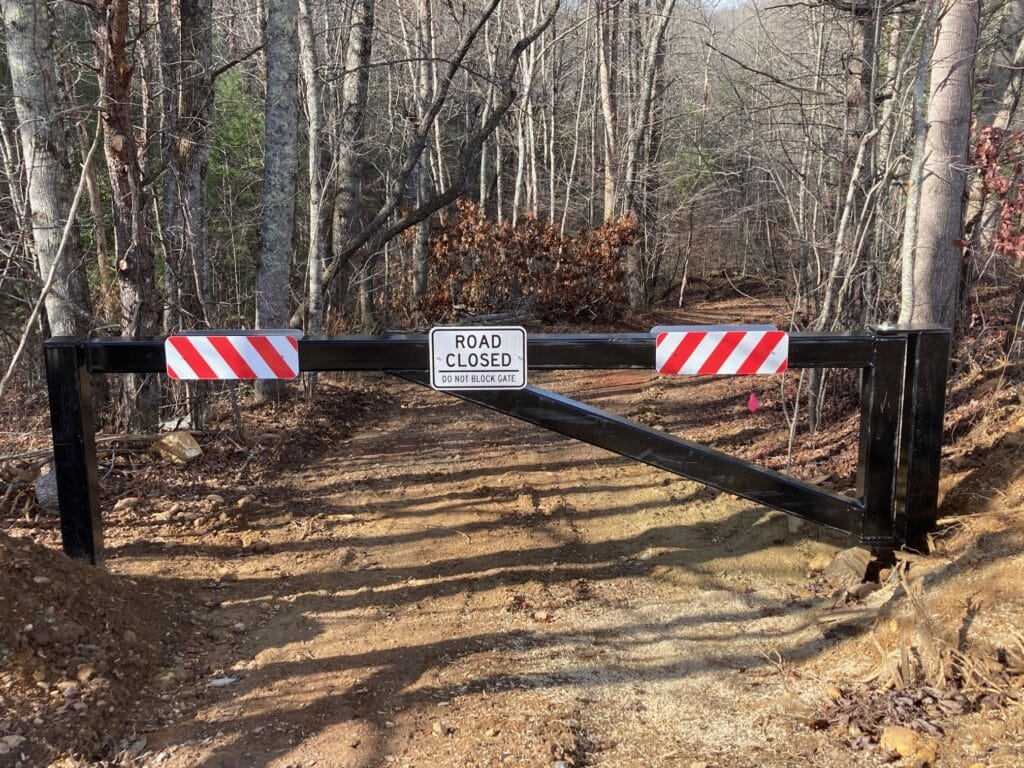
Next will come the major repair work.
“I think we’re probably looking at 2024 or 2025 to have all the work wrapped up for the full decommissioning,” Wright said.
In the meantime, the streams — and their trout and other residents — will benefit.
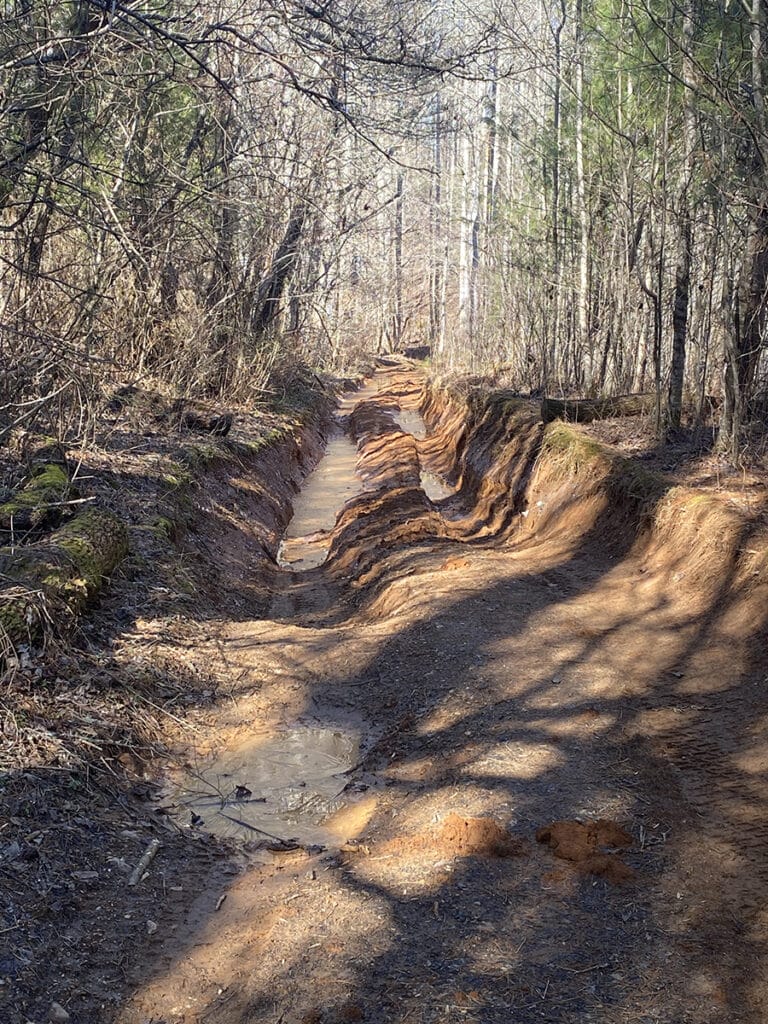
“One of the forestry techs did an analysis and found that closing the road to traffic will reduce sedimentation by up to 85 percent,” Wright said. “That’s significant.”
That area may still affect drivers of tough, four-wheel-drive vehicles — if that’s what they’re driving to go fish for wild trout.
